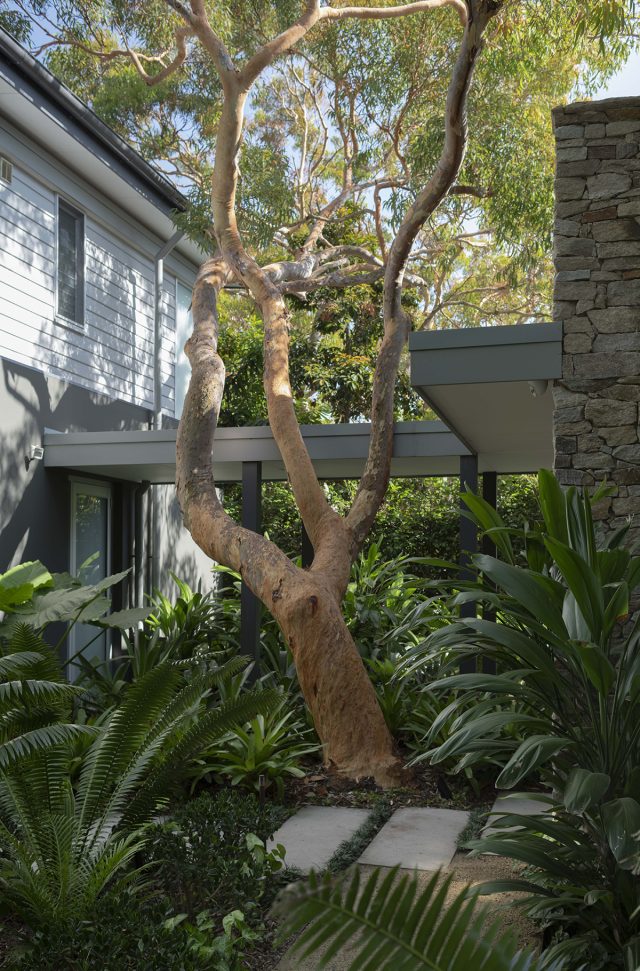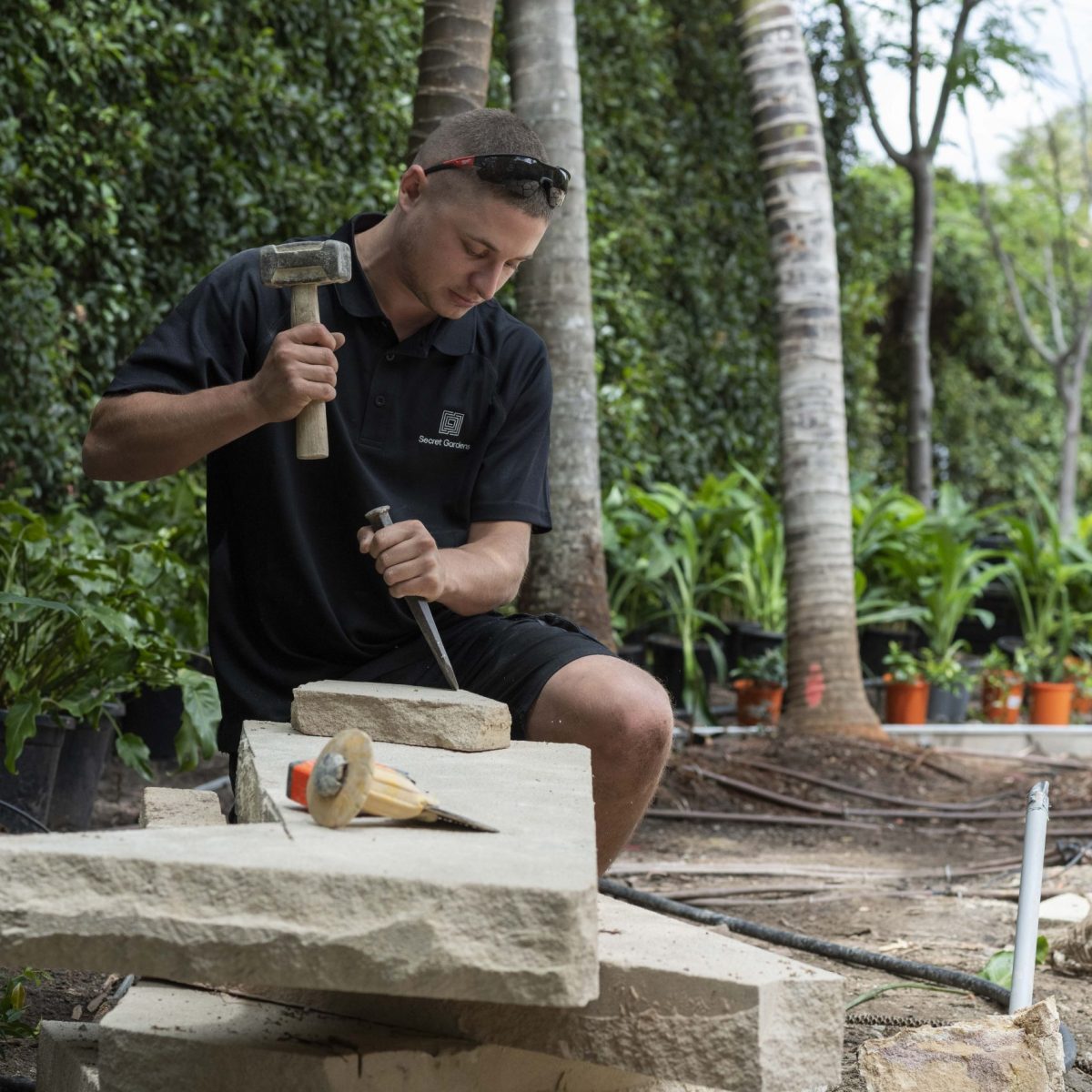It makes for alarming reading. The latest global warming report released in August by the Intergovernmental Panel on Climate Change paints a bleak picture of increasing temperatures and rising sea levels. As individuals it can feel as though affecting change is beyond our reach. But even the smallest efforts can make a difference.
Landscape Architect Michael from Secret Gardens says it starts with a holistic approach to garden design to create spaces that are not only beautiful, but give back to the environment in the longer term.
“As individuals, we can all make small adjustments to our lifestyles,” he says.

And it can start with doing nothing. Rather than seeing them as obstructing views or preventing a straightforward extension on the house, Michael says it’s time we started seeing mature trees as assets to the garden, and to the broader community as well.
“Big trees convert CO2, reversing some of the effects the emissions are causing on a smaller scale,” he says. “They provide shade and cool the ground as well as reducing water evaporation from the soil at a micro level.
“Whether you’re inside the house or in the garden, they are also providing shade which means you don’t have to manage artificial shade.”
Trees and shrubs have the capacity to create microclimates under their canopies, lowering temperatures on hot days, and providing a welcoming environment for other plants, insects and microorganisms which are important for healthy soils.

As a garden designer skilled in plant selection, Michael says we can also reduce our impact on the planet just by choosing the right plant for the right location.
“Putting the right plant in the right spot will reduce the need for water, fertiliser and even pesticides which will then reduce the impact on our waterways”
“Putting the right plant in the right spot will reduce the need for water, fertiliser and even pesticides which will then reduce the impact on our waterways,” he says. “That doesn’t necessarily mean it has to be a native plant. An exotic might work just as well.”
When it comes to creating a new garden, Michael says the team is increasingly looking at ways to reduce, reuse and recycle during the construction and planting to minimise the carbon footprint new work inevitably creates.
“We’re looking at what elements we can recycle and reuse rather than clearing everything out and starting again,” he says. “It could be plants, bricks or any other element but whatever we can reuse in the new garden will save on emissions, reducing the need for new materials.”
When done well, the outcome is a thriving, lower maintenance garden that is both beautiful to look at and a pleasure to use.
Food scraps destined for landfill create methane, which is 26 times more potent as a greenhouse gas than carbon dioxide.[1] For anyone interested in taking a more active role in further reducing their carbon footprint, Michael says there are a couple of easy things you can do in the garden, such as composting and worm farming.
“We’re seeing more uptake of composting and worm farms because it’s so easy and takes no effort,” he says.
While composting creates some biogenic carbon dioxide as matter decomposes, it does not produce methane. The composted material can be turned into stable carbon rich matter, ideal for feeding your garden. Indeed, when it is done on an industrial scale, it can be on sold to the landscaping industry. It may not seem like much but, Michael says, even the smallest effort can have an impact.

“Even if we do little things in the garden, it’s a step in the right direction.”
- If you have mature trees in your garden, consider ways to incorporate them into your garden design, even if you have to move them.
- Expert advice will help you choose the right plant for the right spot, reducing the need for precious resources like water and fertiliser.
- Consider a compost bin or, if you have limited space, a worm farm, for managing kitchen scraps.
- Look for ways to support biodiversity in your garden by creating layers of plants to provide food and shelter for different species of insects and birds.
- Even if garden maintenance is not your thing, be aware of the birds, insects and other animals that visit – and rely on – your garden.
[1] Composting to avoid methane production, Department of Primary Industries & Regional Development, Government of Western Australia. https://www.agric.wa.gov.au/climate-change/composting-avoid-methane-production



